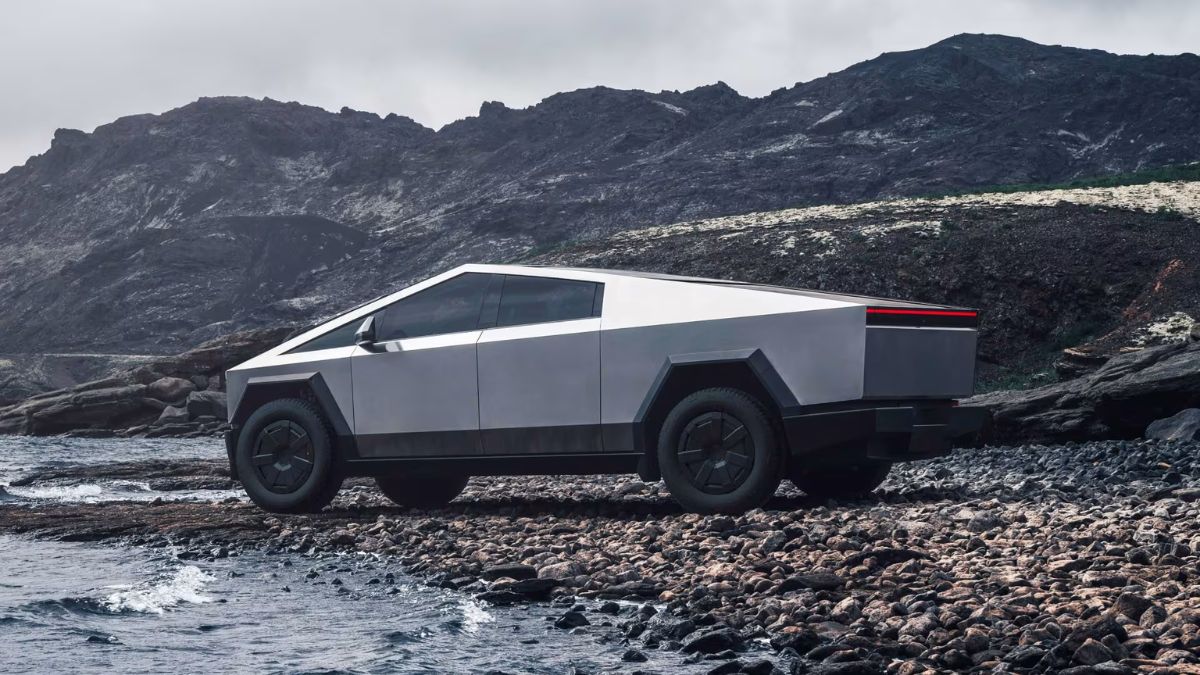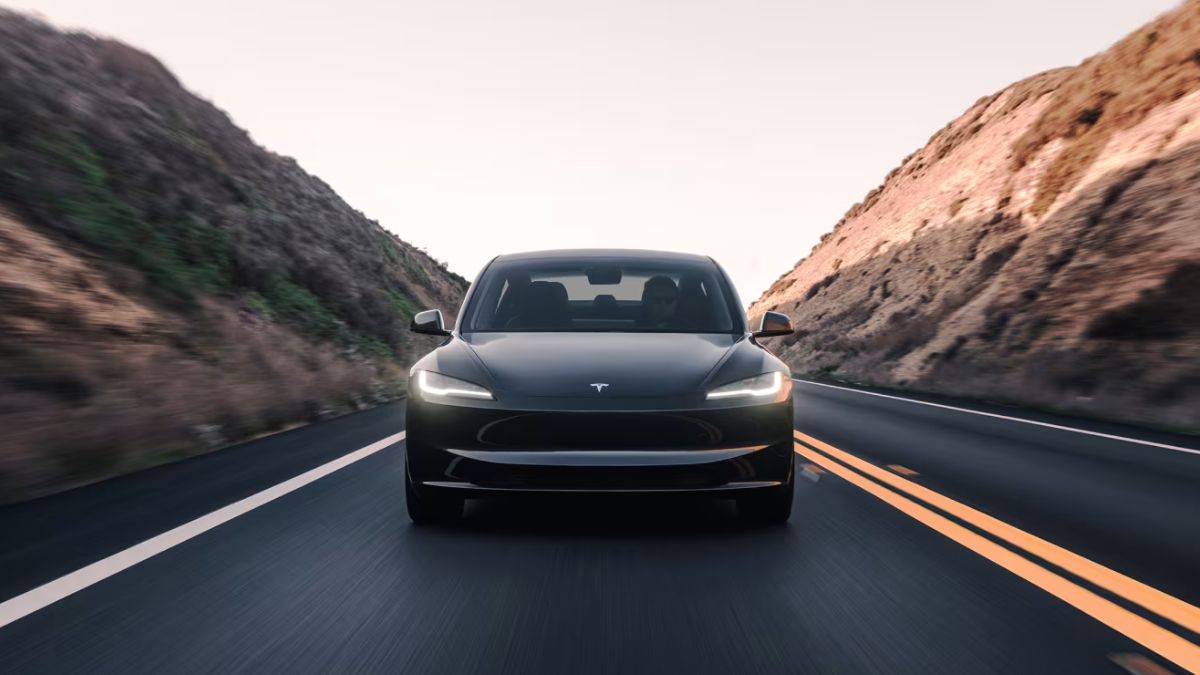When discussing hydrogen vs electric cars, we’re comparing two different ways to move beyond gasoline and diesel. Both aim to create a cleaner future with less pollution and reduced use of fossil fuels, but they work in very different ways. Each option comes with its own technologies and challenges, and right now, their development in the car industry is moving at very different speeds.
| Feature | Hydrogen Fuel Cell Vehicles (FCEVs) | Battery Electric Vehicles (BEVs) |
| Energy Source | Hydrogen gas | Electricity from the grid |
| Powertrain | Fuel cell generates electricity to power electric motor | Battery powers electric motor directly |
| Refueling/Charging Time | 3-5 minutes (hydrogen refueling) | 30 mins to several hours (depending on charger type) |
| Driving Range | 300-400 miles (typically) | 200-400+ miles (varies by model) |
| Emissions | Zero tailpipe emissions (only water vapor) | Zero tailpipe emissions |
| Infrastructure Availability | Limited, mostly in select regions like California, Japan, South Korea | Expanding rapidly, especially in urban areas and highways |
| Vehicle Cost | High | Varies, but becoming more affordable |
| Energy Efficiency (Well-to-Wheel) | Lower due to energy conversion losses | Higher, more direct energy use |
| Suitability | Best for long-distance, heavy-duty, and industrial applications | Best for personal and urban use, daily commuting |
| Environmental Impact of Production | High impact from hydrogen production if not green hydrogen | Impact from battery production, mitigated by recycling efforts |
| Maintenance Requirements | Lower than gasoline cars, but complex hydrogen systems need specialized care | Generally low maintenance compared to gas cars |
What Makes Electric Cars So Popular?

Electric cars, also called Battery Electric Vehicles (BEVs), are now a common sight in many countries. They run on electricity stored in a large battery, which powers an electric motor to move the wheels. The big advantage is that they produce zero tailpipe emissions, which helps keep the air cleaner. Plus, electric motors give instant power, making the drive smooth and surprisingly quick.
Many people also love the convenience of charging their car at home overnight — just like charging a phone. Charging stations are growing fast, especially in cities and along highways, so longer trips are getting easier. Thanks to new charging technology, some EVs can now recharge a good amount of range in less than 30 minutes.
The Challenges of Electric Cars
However, BEVs (Battery Electric Vehicles) do come with some challenges. One common worry is range anxiety — the fear of the battery running out before you can find a charging station, especially in places where charging networks aren’t well developed. Even though charging is getting faster, it still takes more time than a quick fill-up at a gas station.
There’s also the environmental impact of making the large batteries, since mining materials like lithium, cobalt, and nickel can harm the environment. But the auto industry is working on better ways to source these materials responsibly, recycle old batteries, and develop new battery technologies to make EVs more eco-friendly.
Overall, studies show that even with the battery production impact, BEVs still produce much fewer greenhouse gas emissions over their lifetime compared to gasoline cars — and this benefit will keep growing as more electricity comes from renewable energy.
What Are Hydrogen Fuel Cell Cars?

On the other side of the equation, we have hydrogen fuel cell electric vehicles (FCEVs). These cars make their own electricity by combining hydrogen gas with oxygen from the air using a device called a fuel cell. The only thing that comes out of the tailpipe is water vapor, so they’re also zero-emission like electric cars.
One big advantage of FCEVs is how quickly they can refuel — filling up the hydrogen tank takes just a few minutes, just like getting gas. Plus, these cars usually offer longer driving ranges than many electric cars. This makes them a great option for people who often drive long distances or need their car ready to go again in a short time
The Challenges Facing Hydrogen Cars
Even though hydrogen cars have some great features, FCEVs still face big hurdles before they can become common. The biggest challenge is the lack of hydrogen refueling stations, which are very limited around the world. Right now, they’re mostly available in a few places like parts of California, Japan, South Korea, and some areas in Europe.
Building a full hydrogen refueling network is expensive and complicated because it needs special facilities for producing, storing, and transporting hydrogen.
Another issue is energy efficiency. Making hydrogen — especially green hydrogen from renewable energy — then compressing, transporting, and converting it back to electricity in the car wastes more energy compared to the simpler process of charging a BEV. Plus, if hydrogen is made from fossil fuels (called grey hydrogen), it loses a lot of its environmental benefits.
Why Electric Cars Are Leading the Market

Right now, the car market is clearly leaning towards BEVs (Battery Electric Vehicles). Car companies around the world are investing a lot of money to create new electric models in all types of vehicle categories, giving buyers more choices than ever.
Governments are also supporting BEVs by offering incentives, discounts, and building more charging stations. All of this is helping create a strong environment for the growth of electric cars.
Why Electric Cars Are More Practical Than Hydrogen for Everyday Use
While hydrogen is still being explored for things like heavy trucks, buses, and industrial uses — where quick refueling and high energy storage are really helpful — it’s still far from becoming common for personal cars. Hydrogen cars are expensive, and there aren’t enough refueling stations to support them. Plus, making and using hydrogen involves more energy loss compared to the simpler process of charging an electric car.
For most people today, electric cars are the more practical, easier-to-access, and often cheaper option for daily driving. With constant improvements in battery technology and the growing number of charging stations, electric cars continue to lead the way toward a cleaner and greener future in transportation.

